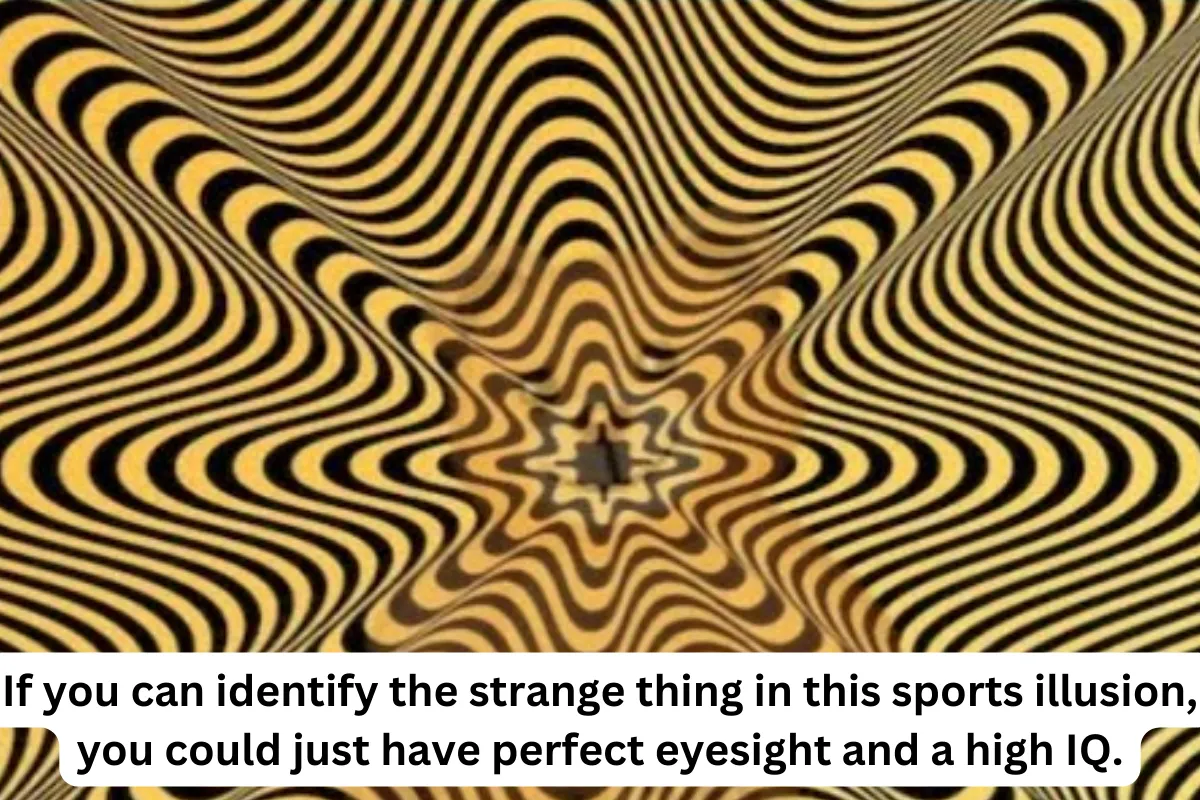Have you ever watched a sporting event and noticed something peculiar, something that seems out of place or defies the laws of physics?
Well, you’re not alone. Many sports enthusiasts have come across strange occurrences during games or matches that leave them scratching their heads in disbelief.
In this article, we’ll delve into the world of sports illusions, exploring the bizarre phenomena that can challenge our perception and understanding of the game.
So, buckle up and get ready to unravel the mystery!
The Illusion of the Impossible
In the realm of sports, athletes are constantly pushing the boundaries of what’s physically possible.
From gravity-defying dunks to jaw-dropping saves, we’ve all witnessed moments that seem to defy logic. But are these feats truly impossible, or is there something more at play?
The Role of Perception
Our perception plays a crucial role in how we interpret what we see on the field or court.
Sometimes, our brains can trick us into believing that we’ve witnessed something extraordinary when, in reality, it’s just a clever illusion.
For example, a perfectly timed photograph can make it appear as though a basketball player is levitating mid-air, when in fact, it’s just a trick of perspective.
The Power of Misdirection
In sports, as in magic, misdirection is a powerful tool. Players and coaches often use subtle movements or decoy plays to distract their opponents and create openings for scoring. What may seem like a miraculous play could simply be the result of strategic misdirection and skillful execution.
The Influence of Technology
In today’s digital age, technology has become an integral part of sports.
High-speed cameras and advanced analytics allow us to dissect every moment of a game, uncovering hidden details that may not be visible to the naked eye.
But while technology can enhance our understanding of sports, it can also create illusions that deceive even the most astute viewers.
The Psychology of Belief
Our beliefs and expectations can also shape how we perceive sports events.
Psychologists have long studied the phenomenon of belief perseverance, which refers to our tendency to cling to our beliefs even in the face of contradictory evidence.
This cognitive bias can lead us to interpret ambiguous situations in a way that aligns with our preconceived notions, potentially creating sports illusions where none exist.
The Illusion of Control
Athletes are often praised for their ability to maintain control under pressure, but is control merely an illusion?
In reality, sports are inherently chaotic and unpredictable, with countless variables that can influence the outcome of a game.
While athletes may strive for control, the truth is that they must also learn to embrace uncertainty and adapt to ever-changing circumstances.
The Quest for Perfection
In the pursuit of greatness, athletes are constantly striving for perfection.
Whether it’s executing the perfect pass or making the game-winning shot, the quest for perfection can sometimes lead to unrealistic expectations and self-imposed pressure.
In the heat of the moment, even the most skilled athletes can succumb to the illusion of perfection, chasing an unattainable ideal instead of focusing on the present moment.
Conclusion
Sports illusions are a fascinating aspect of the games we love. From optical illusions to psychological biases, there are countless factors that can influence how we perceive and interpret sporting events.
By understanding the various mechanisms at play, we can develop a deeper appreciation for the complexities of sports and the incredible feats achieved by athletes.
FAQs
1. How do sports illusions differ from actual magic tricks?
Sports illusions typically involve natural phenomena or human performance, whereas magic tricks often rely on sleight of hand or other forms of deception.
2. Can technology help us debunk sports illusions?
Yes, technology such as high-speed cameras and advanced analytics can provide valuable insights into the mechanics of sports illusions and help us understand how they occur.
3. Are sports illusions more common in certain sports than others?
While sports illusions can occur in any sport, they may be more prevalent in sports with fast-paced action or high levels of physicality, such as basketball or soccer.
4. Can athletes deliberately create sports illusions to gain an advantage?
It’s possible that athletes may use deception or misdirection to gain an advantage over their opponents, but such tactics are generally frowned upon and can result in penalties or sanctions.
5. How can fans differentiate between genuine athletic prowess and sports illusions?
By remaining skeptical and critically evaluating what they see on the field or court, fans can better discern between genuine athletic feats and illusions created by perspective, misdirection, or other factors.

